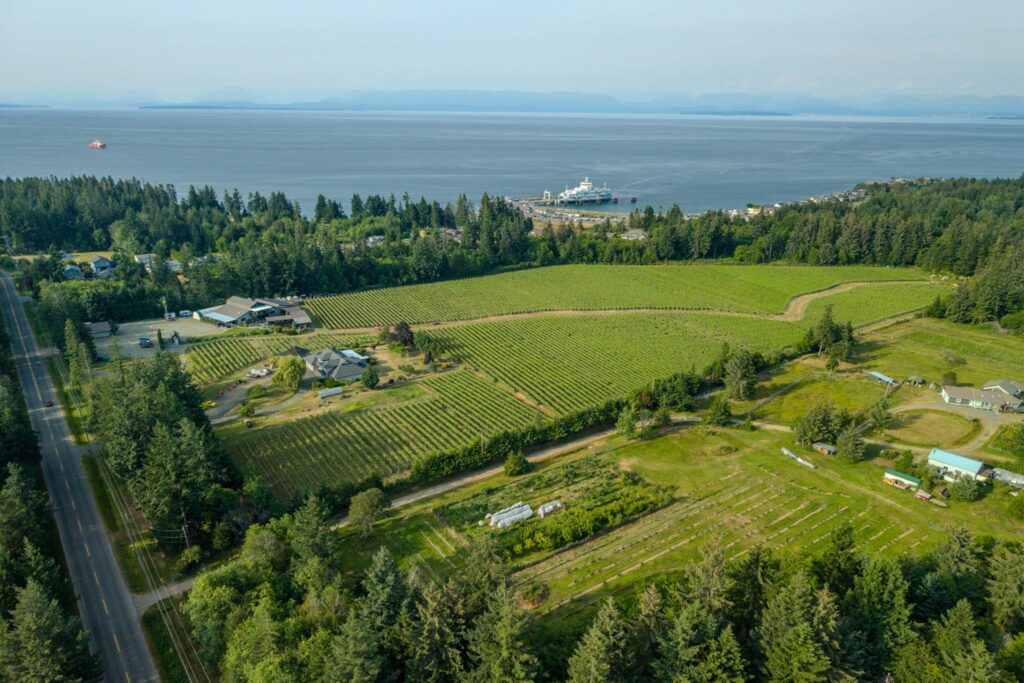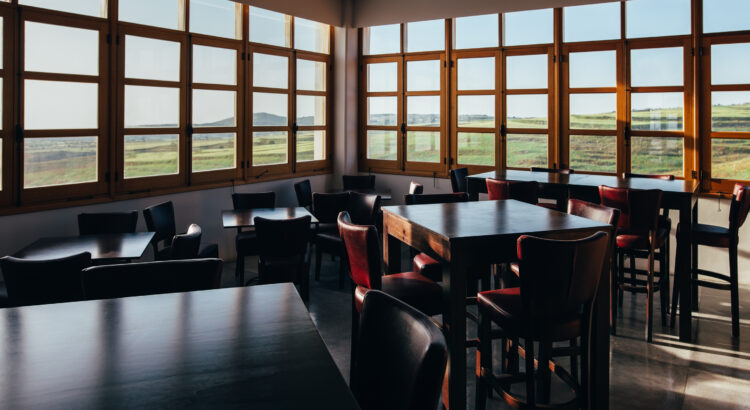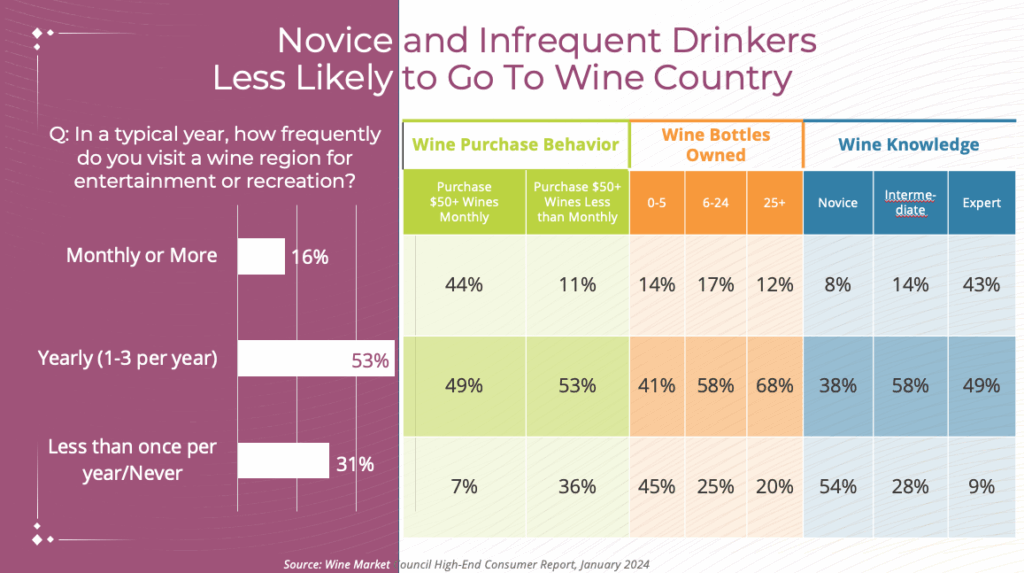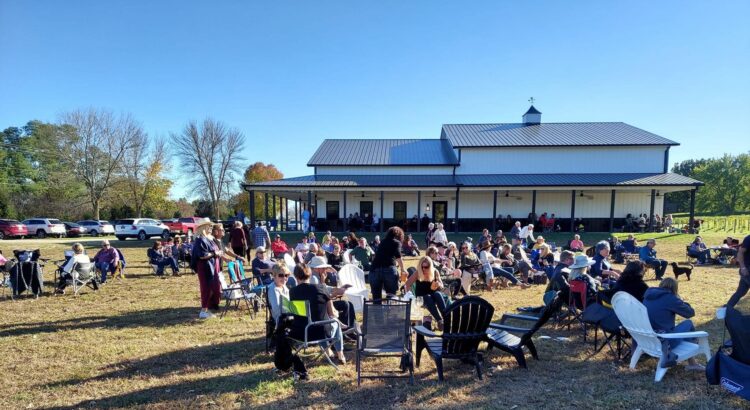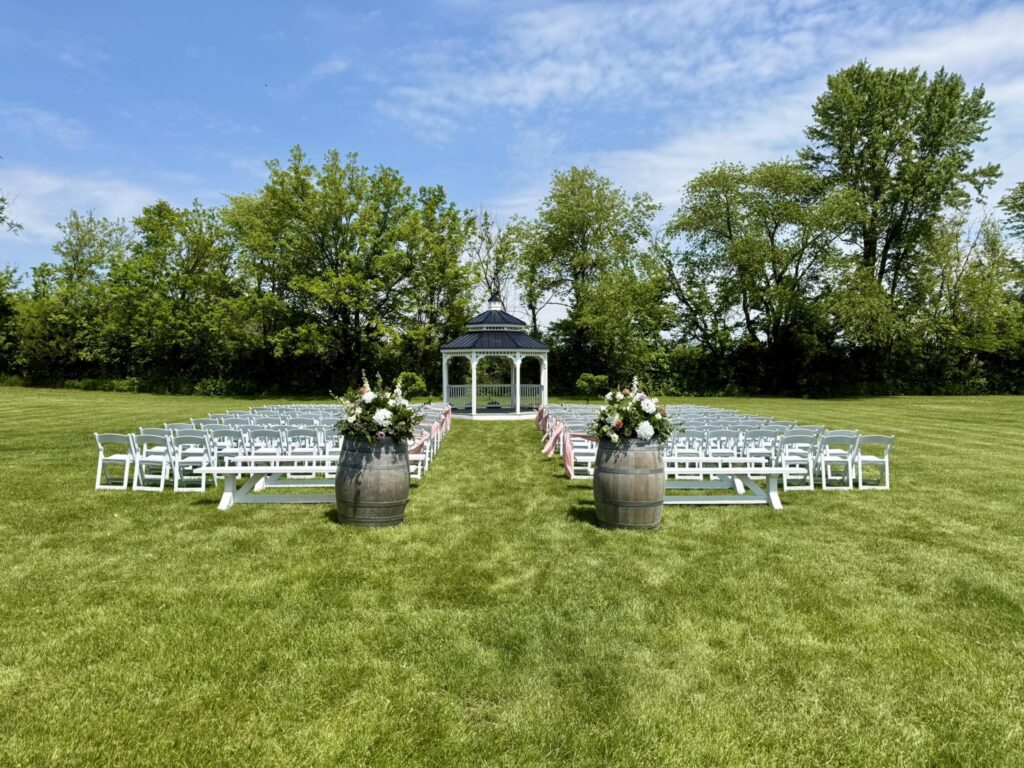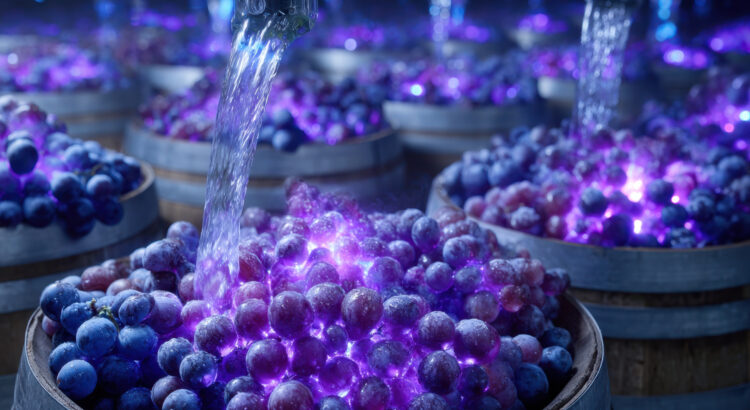Art in a bottle and insurance considerations

By Brad Berkman & Louis J. Terminello of Greenspoon Marder LLP
The wine-making experience is often sublime, requiring the best attributes of the artist. Sometimes, however, it is essential to call on the practical among us. In this instance, at least, I am referring to the insurance broker along with the versed attorney who can assist in advising on insurance policies that manage and limit the winemakers (“Suppliers”) risk (it’s worth noting that these recommendations are applicable to all producers of beverage alcohol as well as distributors). Of course, this article is written by an alcohol beverage attorney, so its main objective is to make this publication’s readers aware of recommended areas of coverage for production and distribution relationships and agreements, as well as in the context of the contract packaging relationship.
In simple terms, business insurance is essential for managing risk and protecting a business against economic loss. Wine is obviously a consumable good, and risk exposure occurs from the production facility through the distribution chain and ultimately, to the consumers’ table. It is advisable that the producer ensure that it, and its partners down the distribution chain, have adequate insurance guarantees that are memorialized as obligations in the various agreements that the Supplier may enter.
General Contractual Provisions
Insurance terms and their requirements can be confusing to those unfamiliar with them. As an exercise in clarification, below is a sample of insurance provisions that may appear in a Supplier/distributor agreement with terms that may be known to the reader, but little understood. First, read the following:
Supplier Insurance: Producer will maintain: (1) primary products liability coverage totaling at least $1,000,000.00 per occurrence and $2,000,000.00 in the aggregate, on an occurrence and (2) commercial general liability insurance of not less than $1,000,000.00 per occurrence and $2,000,000.00 in the aggregate. Producer will give Distributor at least 30 days’ advance written notice of cancellation, nonrenewal, or material change in the terms of the liability policy. All policies shall name Distributor as an additional insured party.
Distributor Insurance: Distributor shall maintain Commercial General Liability Insurance and Product Liability Insurance in such an amount as is commercially reasonable but not less than the coverage amounts stated in Paragraph above. Within ten days of the effective date of this Agreement, Distributor will provide to Brand Owner an original certificate of insurance evidencing such insurance and these terms and thereafter will provide Brand Owner with each certificate of renewal, within ten days of the effective date of renewal.
What Stands Out?
Obviously, the reader will notice that the insurance provisions are reciprocal and that both the Supplier and distributor have insurance obligations. Additionally, both parties are named as additionally insured on the other party’s insurance policy. The additionally insured party is not the policyholder but is added to the policy, and the policy’s protections are extended to the additionally insured, covering them for the risks of the policyholders’ activities. In our example, additional insurance provides the distributor with protection against a Supplier risk event, and the producer is protected against a risk event associated with the distributor. This begs the question, what are the party’s insurance policies covering in the above clauses?
For the Producer-Product Liability Coverage
Wine producers and Suppliers should have product liability insurance coverage as identified in the contractual provision. This type of coverage covers consumers’ claims against the producer stemming from damage caused by the alcoholic beverage. Such damages may include those resulting from a manufacturing defect during the production process. Ideally, the product will always come off the bottling line fit for human consumption, but sometimes contaminants or other substances may be present and consumed by the end user, which causes injury. Product liability insurance will cover the economic consequences of such incidents. Those entities in the chain of distribution, such as wine distributors, should also consider obtaining product liability insurance to guard against economic loss resulting from the distribution of beverages that may be defective.
Many insurance policies, including those covering consumables like wine and alcohol beverage, have policy payout limitations. Phrased another way, your insurance provider will only pay up to a maximum coverage amount per occurrence or in the aggregate. Per-occurrence limit is the amount the insurance company will pay for a single claim or incident. The aggregate is the total amount the insurer will pay for all claims covered by the policy for its term.
It is wise for the Supplier and distributor to include these policy limitations in their agreement to ensure adequate coverage in the event of a claim. Further, it is important to consult with an insurance professional to be sure that the policy limitations provide adequate coverage and protection based on the policyholder’s economic exposure.
General Commercial Liability Insurance
General commercial liability is also called for in the above reciprocal clauses. As an industry standard, General commercial liability insurance protects against economic loss from claims that the Supplier or distributor caused injury to another person or property. Common areas of coverage include bodily injury, medical expenses, or property damage caused by the wineries or distributors business operations. As an example, this type of coverage may cover damage caused by a distributor’s vehicle to a retailer’s property when delivering the Supplier’s product. As with product liability insurance, adequate amounts should be acquired per occurrence and in the aggregate based upon risk exposure. Again, speaking with an insurance professional is essential for determining sufficient coverage amounts based upon the economic risk exposure to the policyholder.
Additional Areas of Coverage for Consideration
There are many types of risk coverage available to wineries and other alcohol beverage industry members. Other coverage areas to explore include:
• Liquor liability insurance: Covers claims for incidents as a result of the consumption of alcohol and for actions brought by claimants under dram shop laws (dram shop laws concern a business’s liability for the service and over-consumption of alcohol by consumers on their premises). This is especially important for Suppliers that have tasting rooms on their premises.
• Recall insurance: Covering economic loss for the recall of defective alcohol beverage products that made its way into the marketplace.
• Crop Insurance (for wineries in particular): Protects against losses to the crops from damages due to weather and other factors.
• Business interruption insurance: Covers losses resulting from an unplanned interruption or temporary stoppage in business due to unforeseen circumstances.
Risk management and the policy types mentioned here, and the terms defined, are meant to introduce and bring clarity to an often thought of as mundane area of business operations. However, it is extremely important that stakeholders in the beverage alcohol industry, in whatever form they take, bring serious consideration to this matter. Inadequate insurance coverage amounts or the wrong policy coverage could lead to catastrophic consequences for those who labor so hard to create and distribute art in a bottle. The reader should take care to consult with well-versed insurance professionals and attorneys to ensure adequate risk management.



